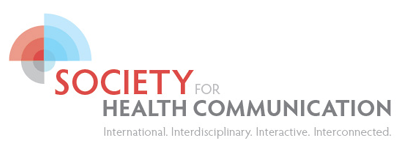Writing About Race, Racism, and Disease Risk
Originally published by: CommunicateHealth
Originally published on: August 20, 2020

Here at We ❤ Health Literacy Headquarters, we’ve been thinking a lot about how we discuss race, racism, and risk in our health materials. And with COVID-19 killing Black people and other people of color at vastly disproportionate rates, it’s more urgent than ever to get this tricky conversation right.
So let’s take a run-of-the-mill risk statement like this: “Black people are at higher risk of dying from COVID-19.” At first glance, that might seem like a useful piece of information. After all, the data clearly show the racial disparity in death rates. And communicating about risk can help people make informed health decisions, right? So… what’s wrong with it?
Well, there’s the little wrinkle that race is a social construct. So when we cite race as a risk factor for a biological condition, we’re often using it as a clumsy proxy for either genetic ancestry — which doesn’t neatly align with race — or social factors like access to health care.
So how can we do better? If a racial health disparity is related to a genetic trait (like sickle cell disease), be specific about that. And if it’s related to systemic racism or other social determinants of health, be specific about that, too. Try a statement like this: “Due to the health effects of racism, Black people are dying of COVID-19 at higher rates than white people.”
Naming racism as the risk factor here is more accurate — and it places the burden where it belongs: on racist systems and institutions. And systems and institutions can change if we all recognize their failures and work to correct them.
The bottom line: As health communicators, it’s our job to name racism — not race — as a risk factor for disease, when that’s what we’re really talking about.
